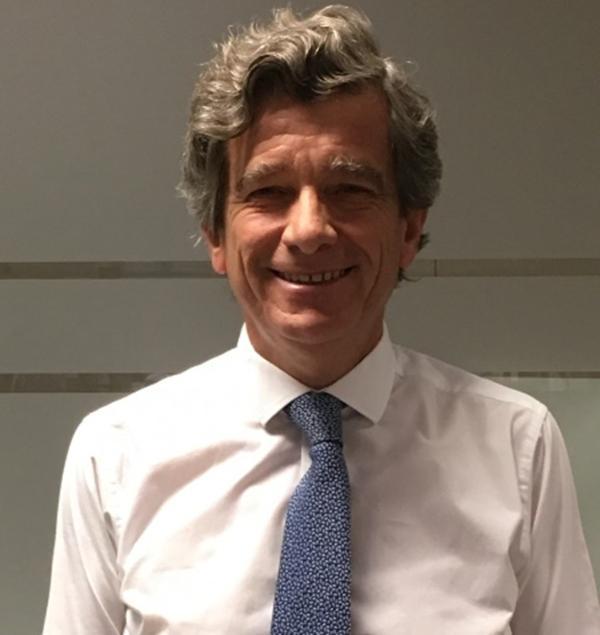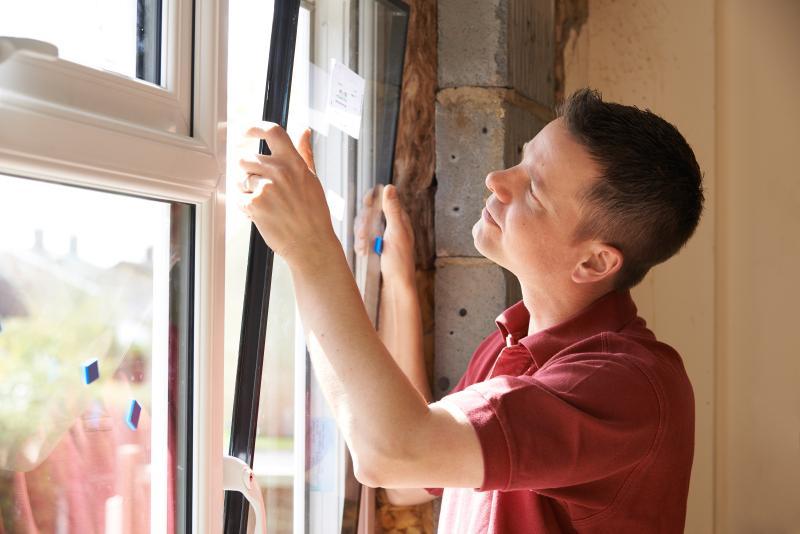A new online tool makes it easier for companies and individuals to get energy efficiency bank loans
A loan for an energy project, such as insulating the walls of a small business or improving a company’s heating system, can require a lot of work and expense for a lending bank. The loan appraisal needed to verify a project’s design and energy savings can take a lot of time and make the transaction costs high for banks and their clients.
To speed up the loan process and make it less complicated, the European Investment Bank developed a new tool, the Energy Efficiency Quick Estimator, or EEQuest. This tool estimates the savings potential for about 20 typical energy efficiency projects, such as replacing a boiler or adding LED lights and solar panels. Clients enter basic technical data, such as the project’s location and whether solar panels will be integrated into a new building or added to an old building, and the tool estimates energy savings, cost savings and carbon emission reductions.
More lending in energy efficiency
The EEQuest tool was developed under the EU bank’s Private Finance for Energy Efficiency programme. This programme, supported by the European Commission, offers loans and credit-risk protection to partner banks to encourage energy efficiency lending.
One of these partner banks, Spain’s Banco Santander, launched a loan product earlier this year to increase its energy efficiency lending. To help this product succeed, the European Investment Bank loaned €50 million to Santander as well as giving credit-risk protection. Santander will use this money to make small loans for a wide range of energy efficiency projects. To simplify the loan application under this new product, Santander is using a customised version of the EIB’s new EEQuest tool.

Miguel Angel Peláez of Banco Santander in Spain says the process of making energy efficiency loans needs be simplified.
“To make energy lending easier on a large scale, we need better processes for our bank staff and for the clients,” says Miguel Angel Peláez, a financing director at Banco Santander in Madrid. “We need to make everything as easy as possible.”
“This new loan product is designed for small companies and self-employed people,” Peláez adds. “The loans will be quite small and there will be many of them. To make lending through this product feasible on a large scale, the processes for our branch staff and our clients must be as easy as possible. The online EIB tool provides significant relief in this respect.”
Banco Santander and many other European commercial banks are embracing energy efficiency financing as a new business opportunity. They recognise that green lending can bring in new clients and improve the resilience of lending portfolios. More and more banks are developing special products dedicated to green lending.
Demand is still weak for energy loans
Despite this new interest from banks, demand for energy efficiency loans is still weak in many European countries for several reasons:
- Companies and individuals often aren’t aware of the renovations that can save energy and money, so such projects are a low priority
- The energy savings documentation required to qualify for energy efficiency financing often is not available or is insufficient to support a loan application
- Renovation costs for energy efficiency are too expensive for many households and companies
- The path to financing is too long and cumbersome.
“Building a pipeline for energy efficiency financing requires leadership, patience and an appropriate internal organisation at commercial banks,” says Marcos Tejerina, an energy specialist at the European Investment Bank. “Our new EEQuest tool aims to make energy efficiency lending as straightforward as possible.”
Bank sales staff, companies and individuals can use the EEQuest tool free and without registration to obtain saving estimates for energy efficiency projects across the European Union. The tool’s data can be downloaded to support financing applications.

The new EEQuest tool estimates the savings potential for about 20 typical energy efficiency projects.
Easier for the bank and the client
The EEQuest tool makes the loan work easier for the commercial bank and for the client, and it brings down transaction costs by automating part of the loan appraisal process. The tool’s energy savings estimate is particularly useful, since some small projects do not have the required energy savings to qualify for a loan. The tool also helps banks market energy efficiency finance by allowing their staff and clients to quickly identify the energy and cost savings of projects and technologies.
“We are starting to see interest from many banks to use the tool and test how they can grow their energy efficiency finance,” says Dirk Roos, head of energy transition programmes at the European Investment Bank. “We hope banks will continue to increase their financing of energy efficiency and offer a broader range of services to customers. We are here to help them grow this market.”
